
Lead
Everyone is watching the official, Xiaobian is making a quiz question today. What kind of material is used in the picture of Ou Bo and LOGO? The Xiaobian statement is first, and there is no prize.
Pre-review
The book goes back to the original, the first two issues We explored the 2009 version of the US dollar anti-counterfeiting blue strip and our grain - the microstructure of rice through microscopic analysis technology. In this issue, our topic is ['Butterfly' shadow).
Preface
Remember the US dollar anti-counterfeiting blue strip in our third program? In that issue, we solved the mystery of microlens array imaging technology by microscopic analysis of the US dollar MOTION security line. Xiaobian thinks that people can't just live for money, but also have poetry and distance. Spring is here, nothing to go out and see, this beautiful and colorful world, such as - butterfly.
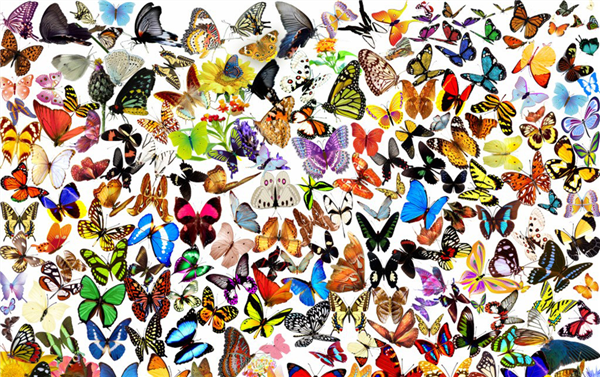
Why is Butterfly so 'Hyun'?
Let’s take a look at this small butterfly specimen.
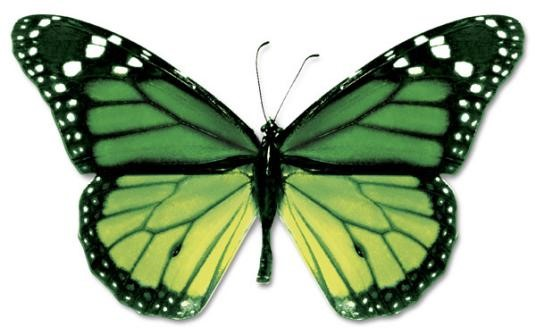
The yellow and green parts of the wings were cut and placed under a polarizing microscope and a scanning electron microscope. The results were as follows:
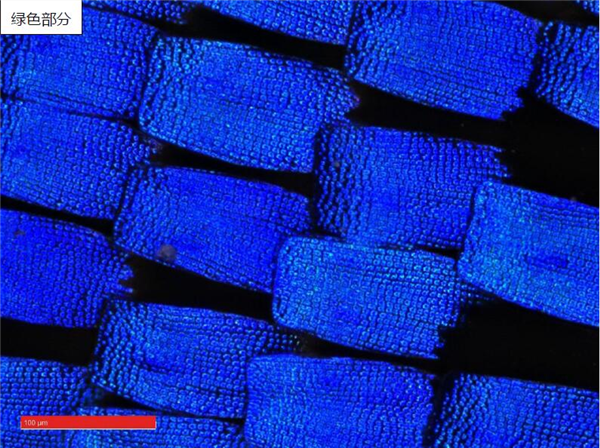
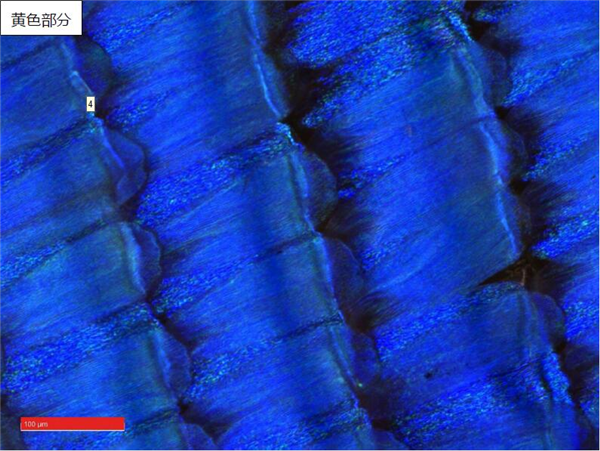
Under the polarized microscope, we can see that the green wings of the butterfly wings have a lot of scales arranged closely, and the scales have a fine structure. Is there a smaller structure? Do these small structures have any effect on the light?
We then used the ZEISS field emission scanning electron microscope for ultra-low voltage observation (because the butterfly wings are not conductive, afraid of irradiation, observing the original shape and not spraying gold)
Scanning electron microscope image
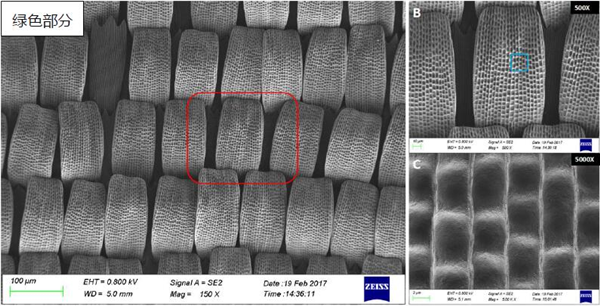
In Figure A, we can find the scales of the butterfly wings on the scales, and there are layers. The upper scales are partially enlarged (Figure B, Figure C). It is clear that there are many ridges and tiny pits on the scales.
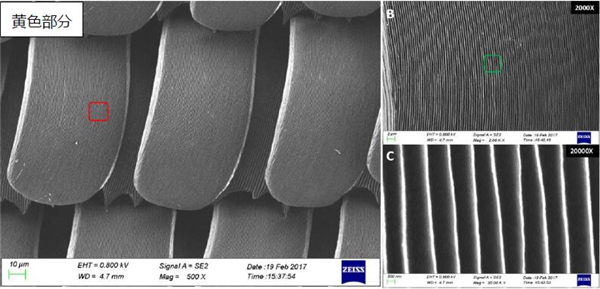
The fine structure of the yellow part is obviously different from the green structure, and the ridges are closely arranged in stripes (Fig. B, Fig. C). Are these structures the reason why Butterfly is so "shous"?
Principle analysis
In fact, the color principle of nature biology has been studied by scientists, and interested friends can make their own mother or Google. For butterflies, the colorful color on the body comes from the fine structure of the pigments and scales contained in the scales, called the chemical and structural colors of the scales. The color change of the pigment mainly comes from the absorption of light at different frequencies. Structural color, the principle is to use the periodic structure, that is, photonic crystal, to regulate the reflection and transmission of light.
The so-called chemical color, also called pigment color, means that the scales show different colors due to the different pigments. The pigments of butterfly wings are generally melanins, flavonoids, pterins and ommochromes. For example, pterostilbene can enhance the reflection of light in a single scale, so scales with high content of pterostilbene will display bright colors; while melanin is a high molecular polymer that absorbs both UV and visible light, generally under the pattern of butterfly wings. Silently paying for the black and dark brown background. Each scale is produced by an epidermal cell, with its own unique color. The scales of each color overlap each other like a tile, and make up the pattern of eye points, stripes and gradients (see the figure below).
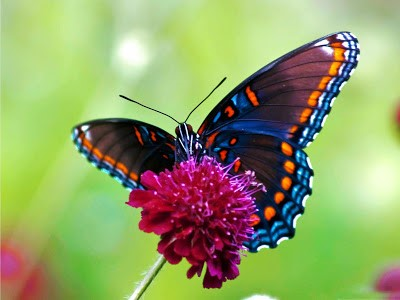
The structural color is produced by the microscopic physical structure of the scale surface. These microstructures, such as multi-layered sheet-like films (also called ribbed structures, ribs) in the scales, cause light waves to interfere, diffract and scatter to produce a more brilliant color than chemical colors. These colors can be changed by different line of sight, viewing angle and other factors, and have a metallic luster, also known as rainbow color. Almost no butterfly has a structural color, especially butterflies from the family Lysibutidae and Papilio. For example, this is only a bird of love from Indonesia (see picture below).
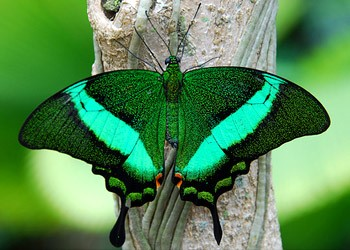
What is the principle of this phenomenon? We all know that when light enters from one medium to another, light reflection and refraction occur simultaneously. If a natural light (white light) enters a film of thickness d, a reflection occurs on the upper surface of the film while being refracted into the film. Since the white light is composed of various colors of light, the refraction angles of the respective colors are different, and the first refraction separates the light of different wavelengths of red orange, yellow, green, blue and purple. These different wavelengths of light then encounter the lower surface of the film, and a reflection and refraction occurs once, and if there are multiple films, so on. Thus, the second reflected light of each color of light, and their first reflected light, have the same frequency and the same direction of propagation, and have the basic conditions of interference. When the light of the same wavelength interferes constructively, the brightness of the light produced is indistinct.
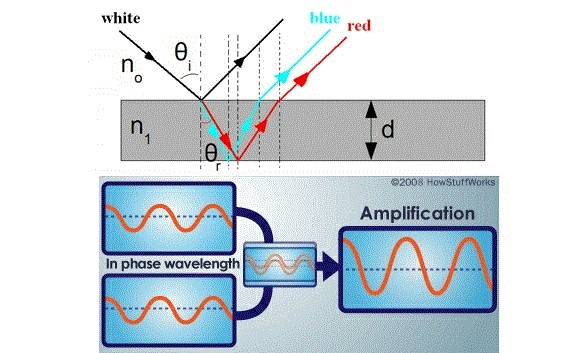
[Top: Refraction and reflection that occurs when white light encounters a film. Bottom: When two columns of coherent light waves meet, if the phase difference is an integer multiple of the wavelength, then their peaks will meet the peaks, the valleys will meet the troughs, the amplitude of the light waves will increase, and the brightness will increase. This phenomenon is called constructiveness. Constructive interference. Image from HowStuffWorks】
postscript
In short, the chemical color of the scales constitutes the static pattern of the butterfly, while the structural color gives the still pattern a life, allowing it to change dynamically with the light. It is the blend of these two colors that makes the natural world create so many colorful butterflies.
The beginning of the no-excellent question and answer, everyone must have an answer? Right! Is the butterfly wings!
What's the highlight of the next issue? Stay tuned!
DELIN HAIR COSMETICS , https://www.skinbeautymaskfactory.com
![<?echo $_SERVER['SERVER_NAME'];?>](/template/twentyseventeen/skin/images/header.jpg)